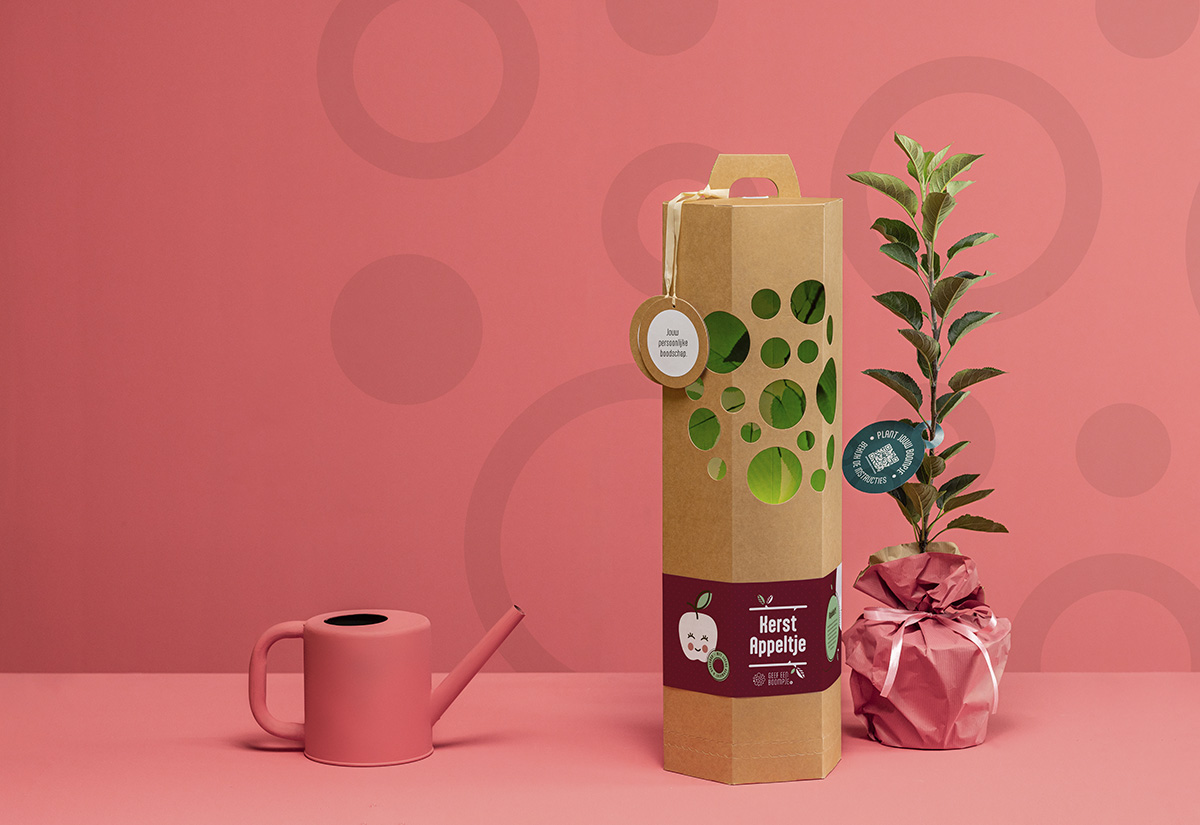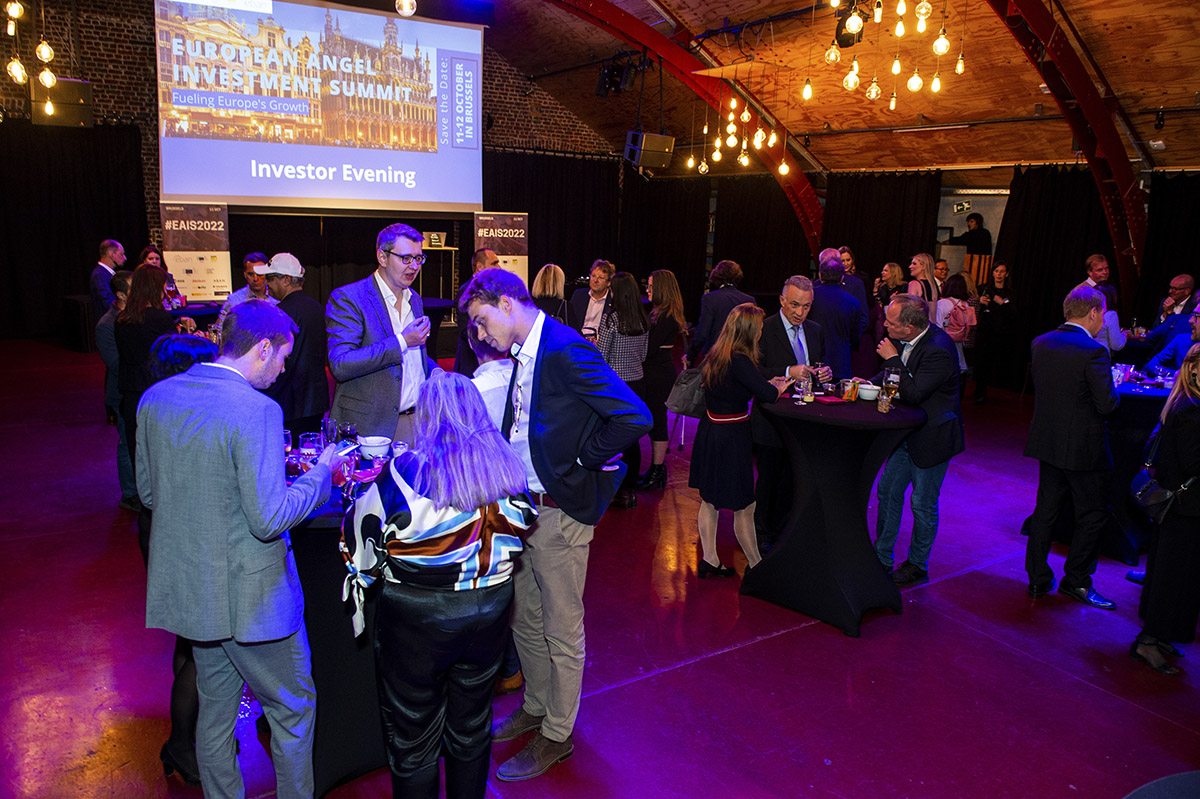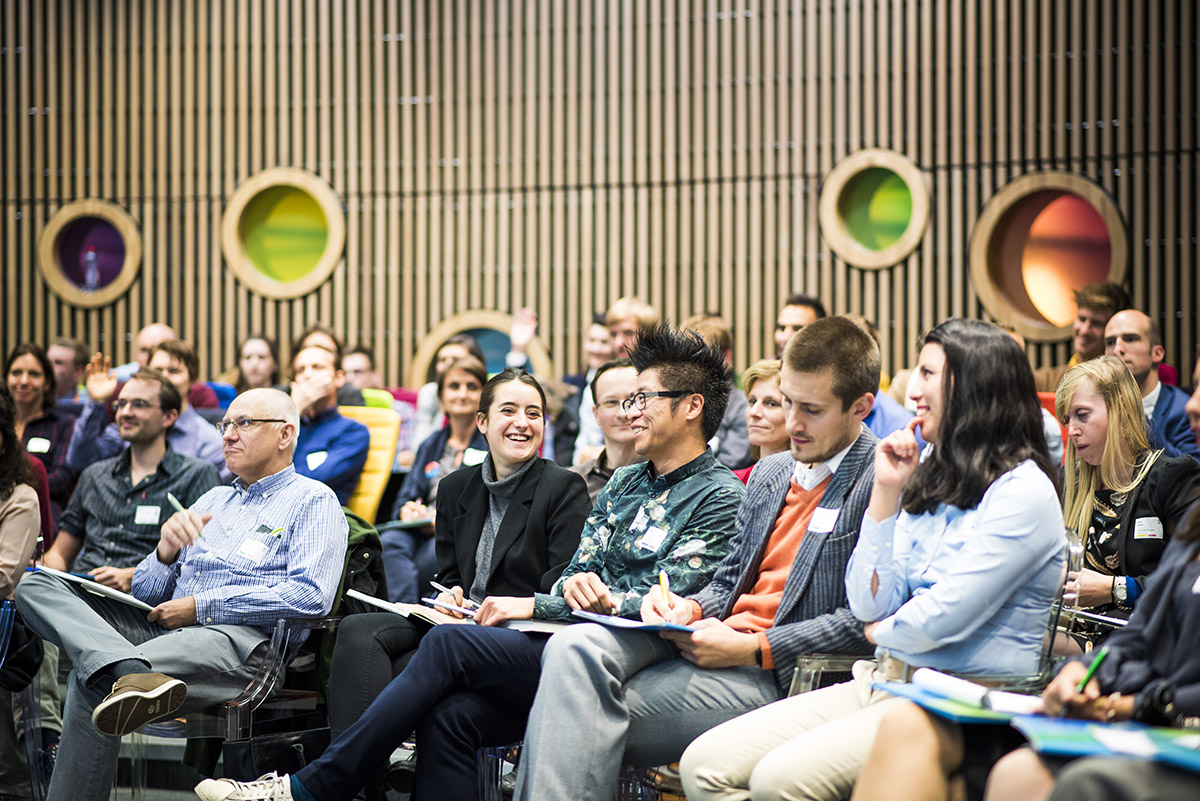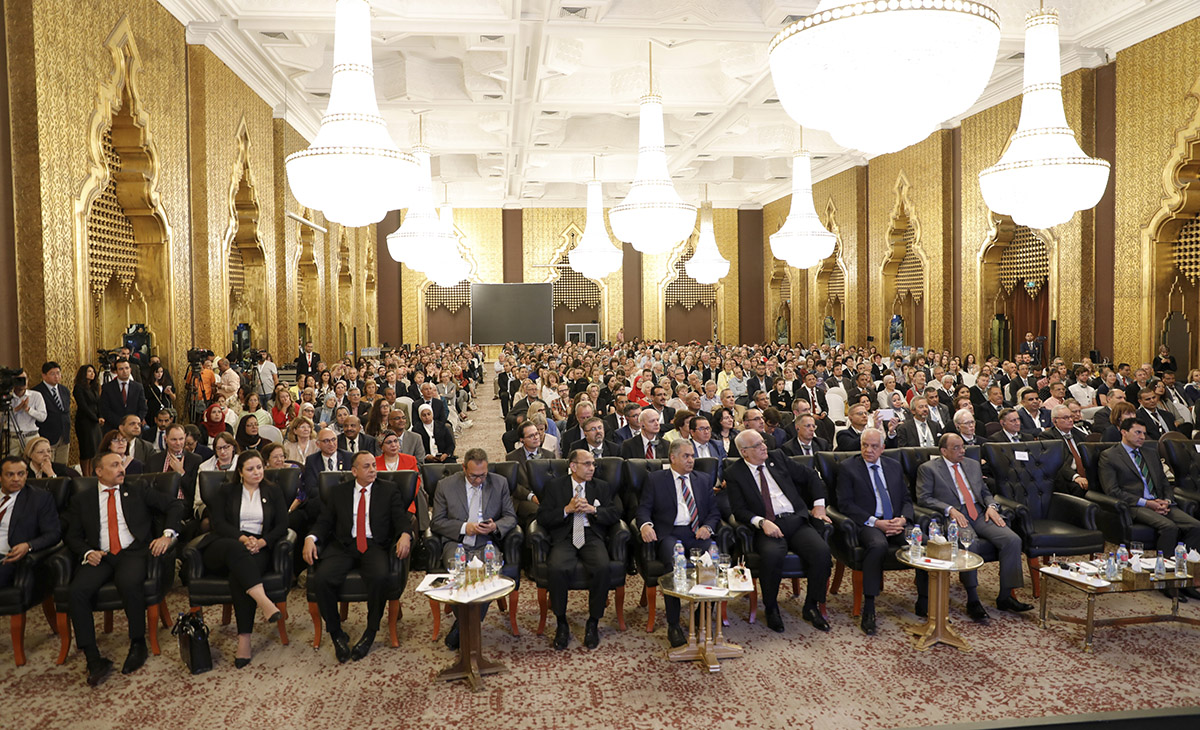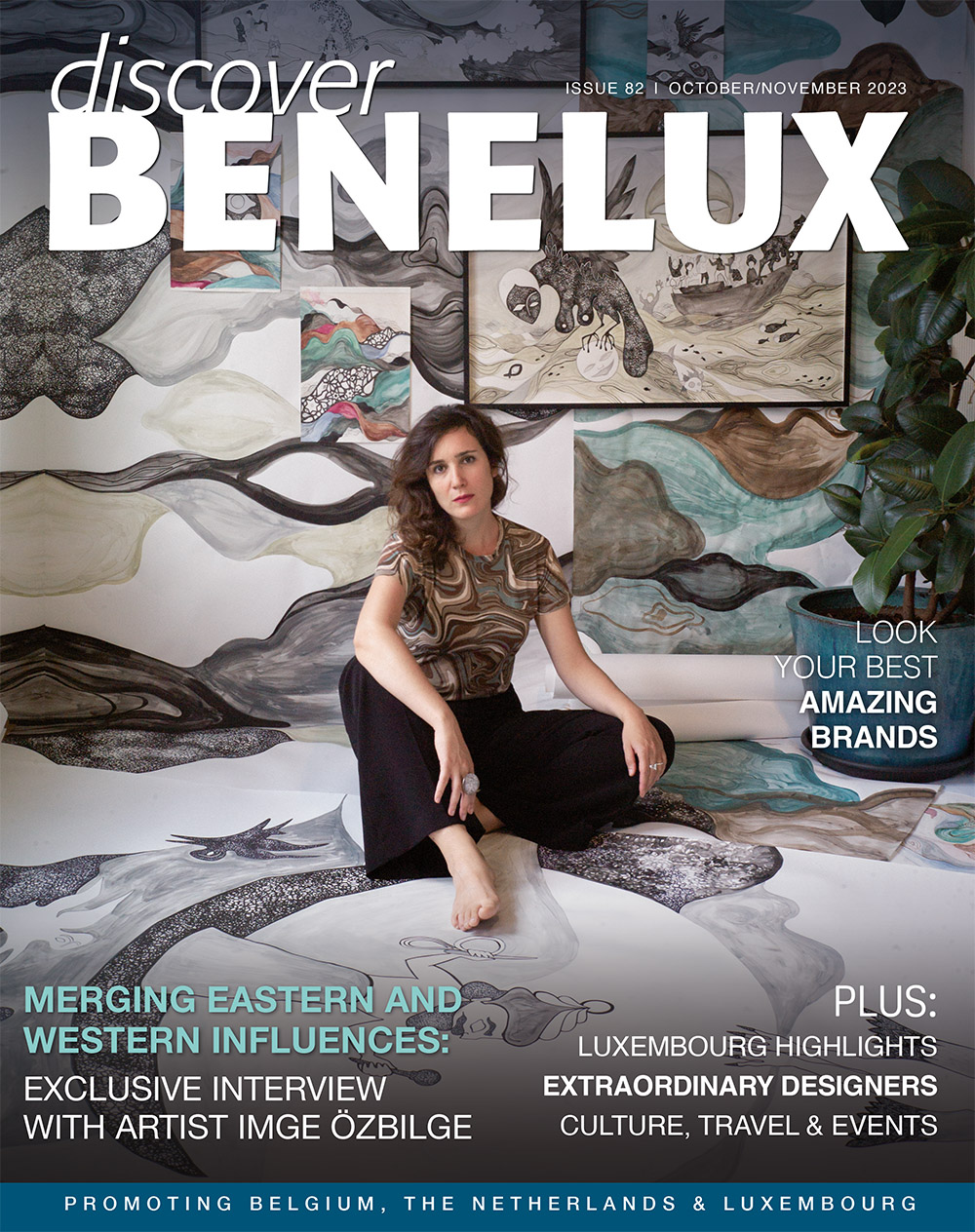Blueroom
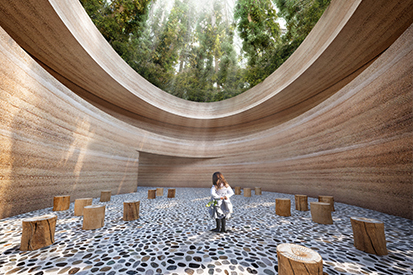
Blue is the new green
TEXT: ARNE ADRIAENSSENS | PHOTOS © BLUEROOM
Building sustainably goes further than simply adding some insolation or putting solar panels on your roof. A responsible architect avoids polluting chemicals and embraces the concept of circularity.
Imagine a building that is not only comfortable, unique and breathtakingly beautiful, but also sustainable and a joy for all the senses. Architect Willem van Genugten, the founder of Blueroom, is an expert in creating these multidimensional concoctions. “Architects should design sustainably and with respect for the environment,” Van Genugten says. “For me, this is not a creative limitation but rather a fascinating challenge to explore and apply new techniques.”
While designing a villa in the French Camargue, Van Genugten chose to use glueless, prefabricated wooden walls and constructed the façade out of bamboo. “In buildings, we aim to limit the chemicals that pollute the air in the house. By using untreated wood, this toxic air makes room for the relaxing smell of wood. The cement production alone accounts for five per cent of the global carbon dioxide emission. That’s why we avoid using it and work with wood instead.”
While sustainability and sensuality are common denominators in Blueroom’s portfolio, its creations do not have a signature look. Van Genugten has designed a modern villa with a traditionally Polish pointy roof as well as a green, sacred temple of compacted earth and trees on a natural cemetery. “I don’t want to pin myself to one style. Designing a building is a complex puzzle of the client’s taste, the technical possibilities, the location and many other factors. The look develops itself step-by-step throughout all these variables.”
Together with communication expert Jan Oeij, Van Genugten founded Urban Crossovers, adapting society to a changing world on a bigger scale. “Creating a sustainable world surpasses the conventional boundaries of architecture. With Urban Crossovers, we connect experts from various fields to tackle major global issues with the present reality as our starting point.” Today, they are coordinating the implementation of a ground-breaking technology ofconverting carbon dioxide from the air into synthetic kerosene which would make flight travel circular and sustainable. For another project, they developed a floating urban district for living, working and recreating, accepting the rising water levels rather than fighting them with dykes and walls. “We should have started building and living more sustainably at least a century ago. Today, our reality is already changing and we must adapt to it. That doesn’t make our job easier, but it does make it very exciting.”
Subscribe to Our Newsletter
Receive our monthly newsletter by email
